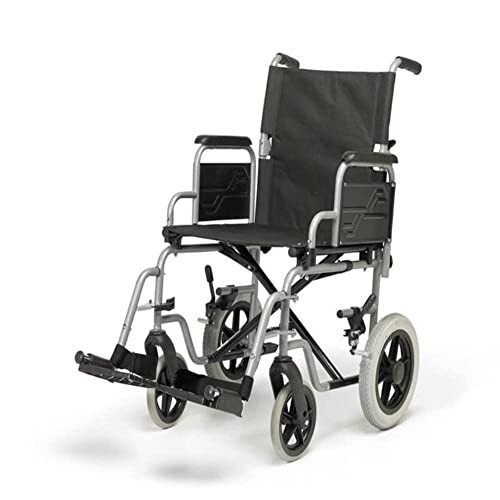The Main Issue With Mobility Scooters And What You Can Do To Fix It
Mobility Scooters: A Comprehensive Guide
Mobility scooters have become an essential mode of transport for many individuals facing mobility obstacles. This article explores the numerous elements of mobility scooters, including their types, benefits, functions, and a guide for prospective purchasers.
Comprehending Mobility Scooters
Mobility scooters are electrically powered gadgets created for individuals with limited mobility. They offer a method of transportation for people who might have difficulty walking however still wish to keep their independence. They come in different styles and features to cater to a broad variety of needs.
Types of Mobility Scooters
Mobility scooters can normally be classified into three primary types:
Type
Description
Best For
Compact Scooters
These are small and lightweight, ideal for indoors and short trips.
Users with limited storage space or those who take a trip typically.
Mid-size Scooters
A balance in between portability and stability, suitable for both indoor and outdoor usage.
Those who require to cover a range of terrains.
Heavy-duty Scooters
Big and robust, created for rugged outdoor usage and much heavier people.
Users needing extra weight capability or going off-road.
Key Features of Mobility Scooters
The option of mobility scooter typically depends on the functions that line up with specific needs. Here are some of the essential functions to consider:
Weight Capacity: Mobility scooters feature different weight limits. It is important to select a scooter that can sufficiently support the user's weight.
Variety: The range a scooter can take a trip on a single charge varies. Depending upon user requirements, one may choose for scooters with a variety of approximately 40 miles.
Speed: Most mobility scooters can reach speeds in between 4 to 8 mph. Consider what speed is comfortable and safe for the intended environment.
Turning Radius: A compact turning radius is essential for indoor usage, permitting for simpler navigation in tight spaces.
Battery Type: The kind of batteries used can impact the scooter's efficiency. Lead-acid and lithium-ion batteries are the most common.
Advantages of Using Mobility Scooters
The benefits of mobility scooters extend beyond simply transport. Some crucial advantages include:
Independence: Users can browse their environment without counting on caretakers, promoting independence and confidence.
Health Benefits: Using a scooter can motivate outside activity, resulting in physical and mental health improvements by lowering feelings of seclusion.
Convenience: Scooters can quickly be operated in numerous environments, whether inside your home, in mall, or outdoors.
Important Considerations When Buying a Mobility Scooter
When buying a mobility scooter, a number of considerations can help make sure that you select the right model:
Assess Individual Needs:
- Mobility level: Consider how much assistance the person will require.
- Variety of usage: Determine where the scooter will primarily be utilized (indoors, outdoors, on rough surfaces, etc).
Test Drive:
- Always test drive several models to find an ideal fit. Focus on convenience, ease of steering, and the scooter's responsiveness.
Evaluation Safety Features:
- Look for scooters with appropriate safety features like lights, indications, and anti-tip styles.
Inspect Warranty and Service Options:
- A reliable warranty and readily available service choices are crucial for long-lasting use.
Frequently Asked Questions about Mobility Scooters
**1. How quickly do mobility scooters go?Mobility scooters generally have speeds ranging from 4 to 8 miles per hour, with a lot of created for safety rather than high-speed travel. 2. Exist weight limitations on mobility scooters?Yes, mobility
scooters include particular weight limitations, typically ranging from
250 lbs to over 500 pounds, depending on the design. 3. Can mobility scooters be utilized indoors?Certain designs, especially compact scooters, are specifically designed for
**indoor usage and are easier to steer in tight areas. 4. How typically do the batteries require to be replaced?Battery life can differ based upon usage, but generally, with proper care, batteries might last between 1 to 3 years before requiring replacement
**. 5. click through the up coming document covered by insurance?Coverage can vary, but some insurance strategies, consisting of Medicare and Medicaid, may cover part of the cost. It's suggested to contact private insurance coverage suppliers. Mobility scooters function as a
important tool for lots of individuals, enabling them to preserve
their freedom and self-reliance. By understanding the various types and features of mobility scooters, people can make educated decisions tailored to their particular needs.
Whether utilized for errands, socializing, or leisurely activities, mobility scooters can enhance the quality of life for those with mobility constraints. Purchasing a mobility scooter is a choice that can substantially affect an individual's life. For that reason, individuals should thoroughly assess their alternatives and choose a design that best lines up with their way of life and mobility requirements
.  ******
******